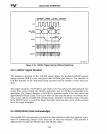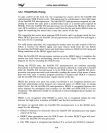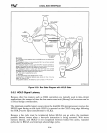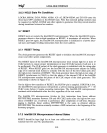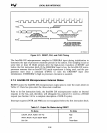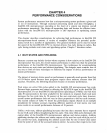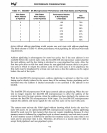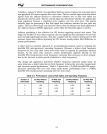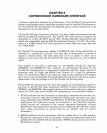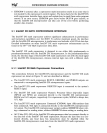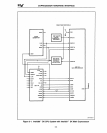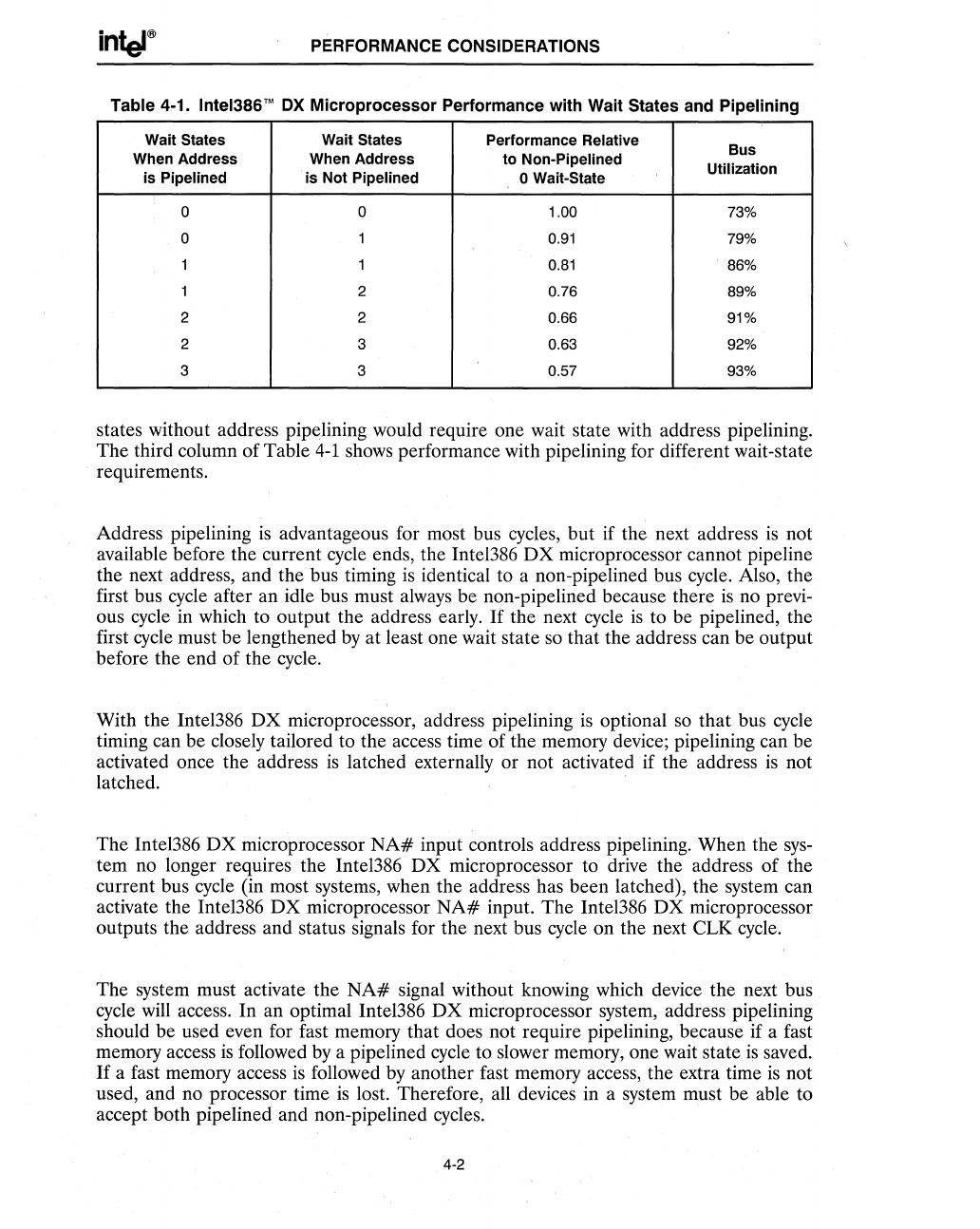
PERFORMANCE CONSIDERATIONS
Table
4-1. Intel386™
DX
Microprocessor Performance with Wait States and Pipelining
Wait States Wait States
Performance
Relative
Bus
When Address When Address to
Non-Pipelined
Utilization
is Pipelined is Not Pipelined
o Wait-State
0 0 1.00
73%
0 1
0.91
79%
1 1
0.81
86%
1 2
0.76
89%
2
2
0.66 91%
2 3
0.63 92%
3 3
0.57
93%
states without address pipelining would require one wait state with address pipelining.
The third column of Table
4-1
shows performance with pipelining for different wait-state
requirements.
Address pipelining
is
advantageous for most bus cycles, but if the next address
is
not
available before the current cycle ends, the Intel386
OX
microprocessor cannot pipeline
the next address, and the bus timing
is
identical to a non-pipelined bus cycle. Also, the
first bus cycle after an idle bus must always be non-pipelined because there
is
no previ-
ous cycle in which to output the address early.
If
the next cycle
is
to be pipelined, the
first cycle must be lengthened
by
at least one wait state
so
that the address can be output
before the end
of
the cycle.
With the Inte1386
OX
microprocessor, address pipelining
is
optional
so
that bus cycle
timing can be closely tailored to the access time of the memory device; pipelining can be
activated once the address
is
latched externally or not activated if the address
is
not
latched.
The Intel386
OX
microprocessor
NA#
input controls address pipelining. When the
sys-
tem no longer requires the Inte1386
OX
microprocessor to drive the address of the
current bus cycle (in most systems, when the address has been latched), the system can
activate the Inte1386
OX
microprocessor
NA#
input. The Intel386
OX
microprocessor
outputs the address and status signals for the next bus cycle on the next
eLK
cycle.
The system must activate the
NA#
signal without knowing which device the next bus
cycle
will
access. In an optimal Intel386
OX
microprocessor system, address pipe lining
should be used even for fast memory that does not require pipelining, because if a fast
memory access
is
followed
by
a pipelined cycle to slower memory, one wait state
is
saved.
If
a fast memory access
is
followed by another fast memory access, the extra time
is
not
used, and no processor time
is
lost. Therefore, all devices in a system must be able to
accept both pipelined and non-pipe lined cycles.
4-2



